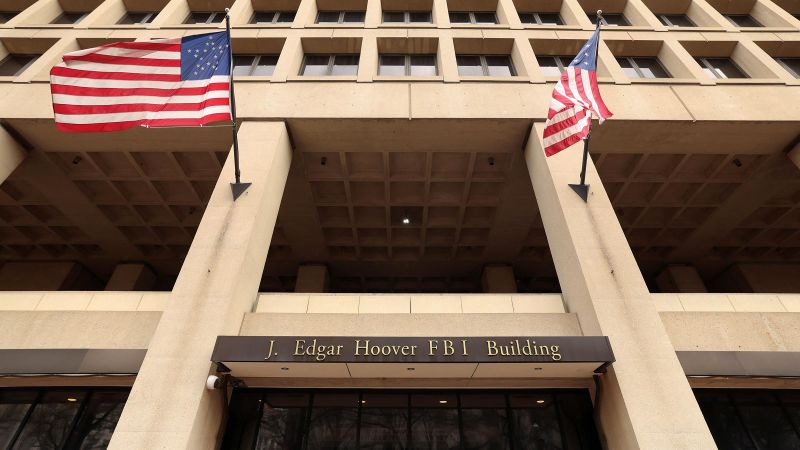Increasing tension between the United States and Iran has compelled intelligence and law enforcement agencies to reassess known or suspected associates of Hezbollah within the US. As confirmed by officials speaking to CNN, there are currently no credible threats detected. However, in the current geopolitical climate, vigilance is paramount. This reexamination surfaces amid specific warnings from Iran’s Supreme Leader, Ayatollah Ali Khamenei, regarding potential repercussions against the US. The situation escalates as former President Donald Trump contemplates military responses to Iranian provocations, including allegations about the Israeli government plotting an assassination of key Iranian figures.
The concern over Iranian threats operating on US soil has been a persistent issue for law enforcement officials. In particular, the killing of Qasem Soleimani, the high-ranking general of Iran’s Revolutionary Guard Corps, during Trump’s presidency heightened fears of retaliation. In the wake of this action, Iranian officials vowed to seek vengeance against former US government officials, further alarming law enforcement agencies tasked with national security.
In 2022, the Justice Department unveiled arrests related to a murder-for-hire plot targeting Trump and others, raising the specter of direct assassinations and presidential threats linked to Iranian operatives. Additionally, accusations against Iranian-affiliated hackers attempting to breach Trump’s campaign highlighted the potential for cyber retaliation against the US. According to law enforcement sources, the FBI is actively monitoring possible threats while focusing on groups linked to Iranian interests. However, the most pressing concern remains the possibility of “lone wolf” attacks targeting current and former US officials, including Trump.
US intelligence also indicates that while there exists a risk of Iranian-linked attacks on American soil, the nature of these threats has evolved. Law enforcement officials noted that more recently, threats have emerged not just from organized domestic groups raising funds for Iranian affiliates like Hezbollah and Hamas, but also from criminal organizations that may be contracted for attacks. Last year, the Justice Department charged two American citizens with allegedly assisting Iranian officials in surveillance of an anti-regime figure in New York. Moreover, authorities brought charges against an Afghan national linked with the IRGC, allegedly tasked with orchestrating assassinations of US and Israeli citizens domestically.
The current narrative highlights a persistent risk: “There’s always a threat,” stated one federal law enforcement official. However, they emphasized the importance of distinguishing between general threats and specific, credible ones. Security measures in key areas within Washington, D.C., including the White House, Pentagon, and the Israeli embassy, have been heightened in response to the ongoing conflict between Israel and Iran, a standard precaution activated during significant global conflicts.
While a Secret Service official reported that they are maintaining a heightened state of alert, they noted an absence of new credible threats from Iran. A primary point of focus for the FBI regarding Iran is financial flow and support. The agency is investigating channels through which terrorist organizations, sometimes connected to Iran, source funding from within the US, a critical topic in light of the October 7 Hamas attack on Israel in 2023.
While there’s currently no notable increase in the threat level posed by Iran, sources have warned that the situation could shift rapidly influenced by political decisions or actions. The apprehensions surrounding whether military engagement would escalate from Trump’s side create an atmosphere of uncertainty, with continuous assessments being conducted as developments occur.
One of the more troubling aspects for the FBI and other law enforcement agencies is the challenge of preventing lone wolf attacks. Recent months have revealed a pattern of attacks carried out by individuals who have operated independently, without communicating with others or revealing their intentions online. This undeniable evolution in the tactics of potential attackers poses a significant hurdle for law enforcement, making it increasingly difficult to preemptively address or mitigate these threats effectively.



